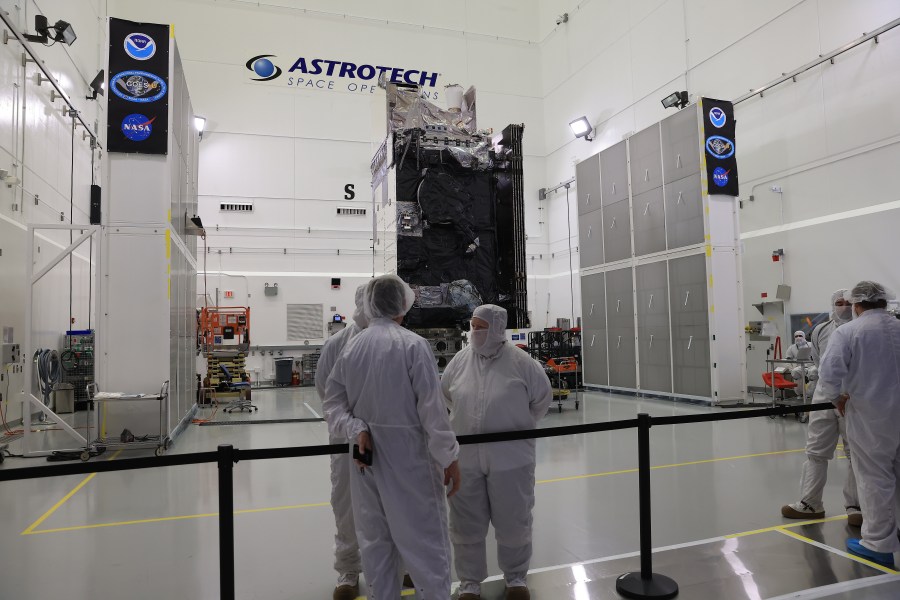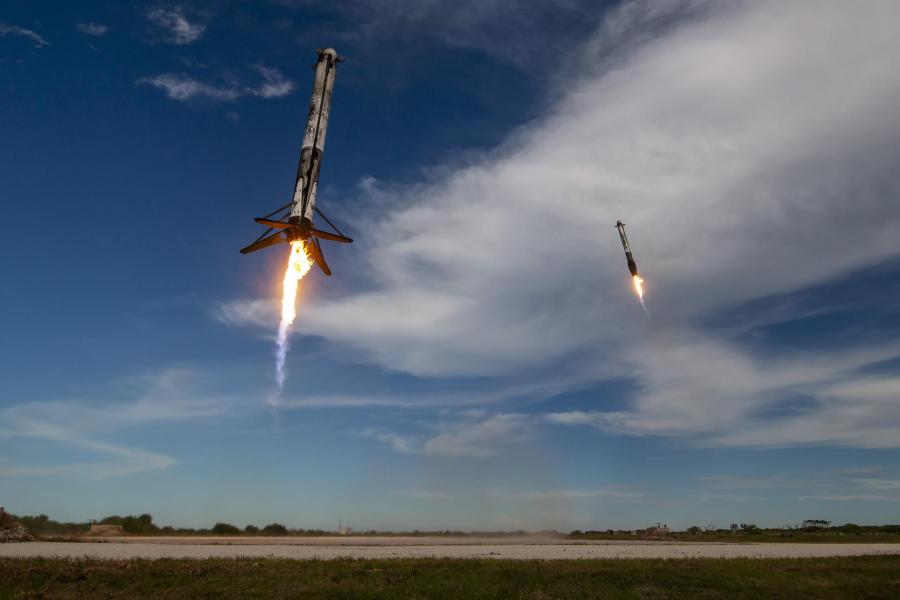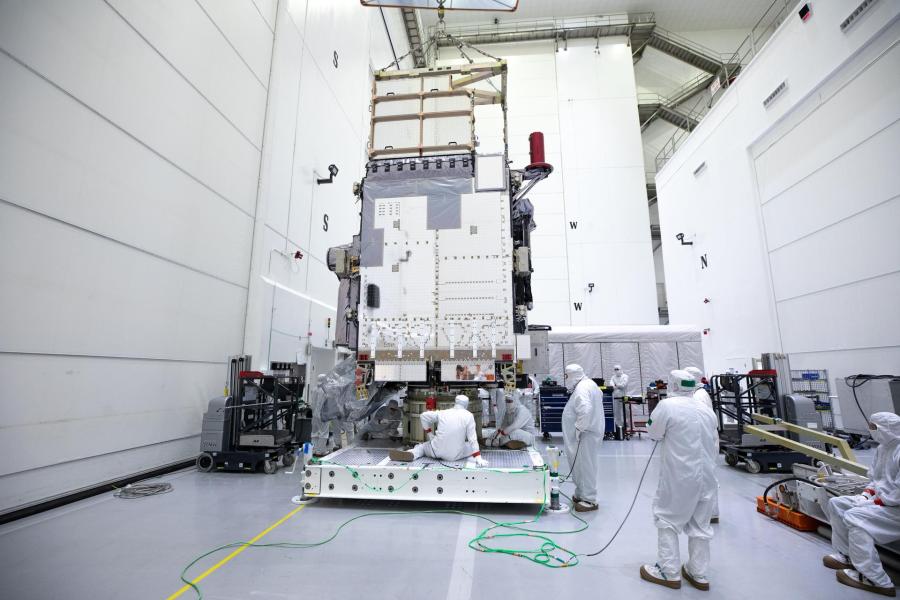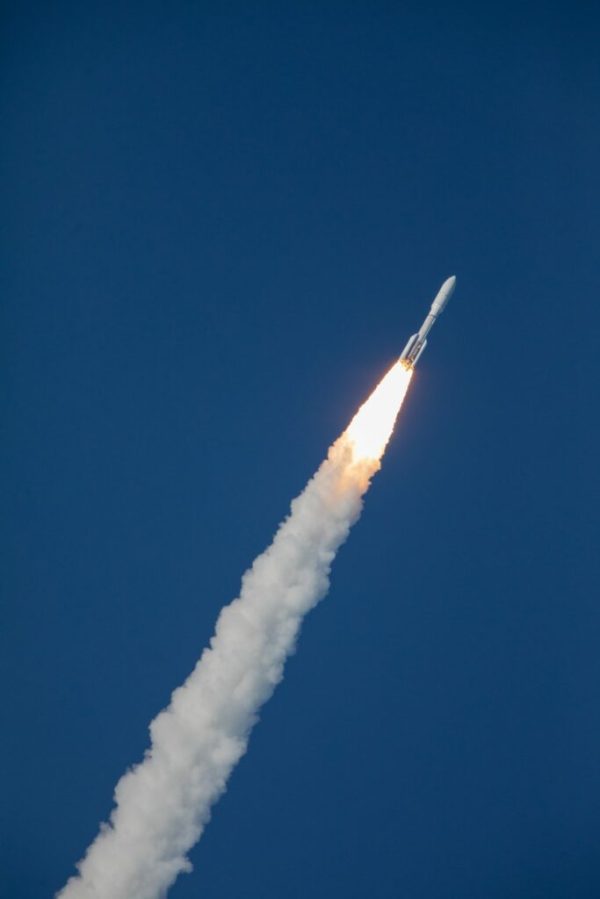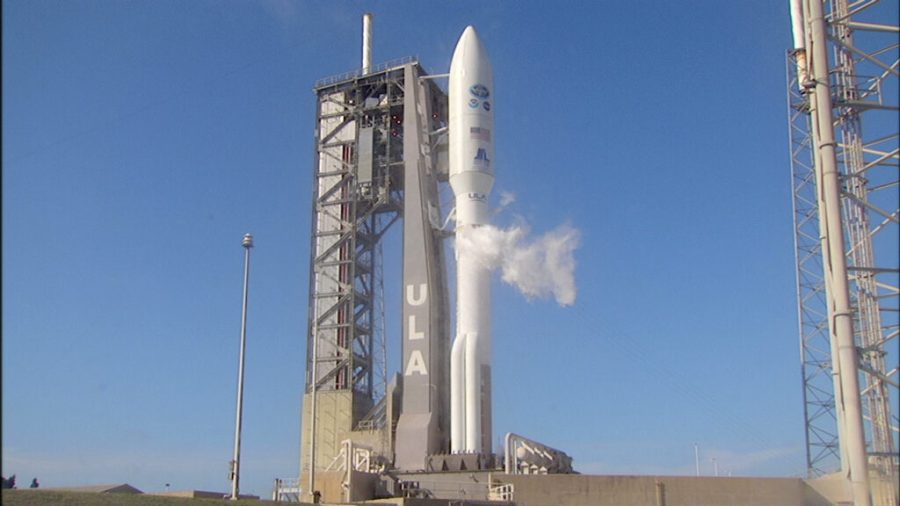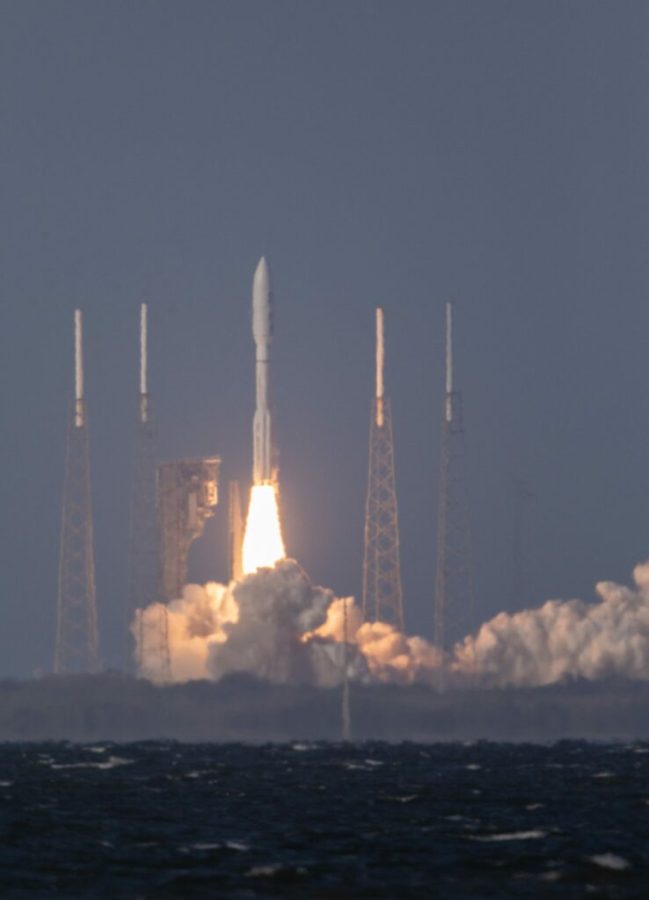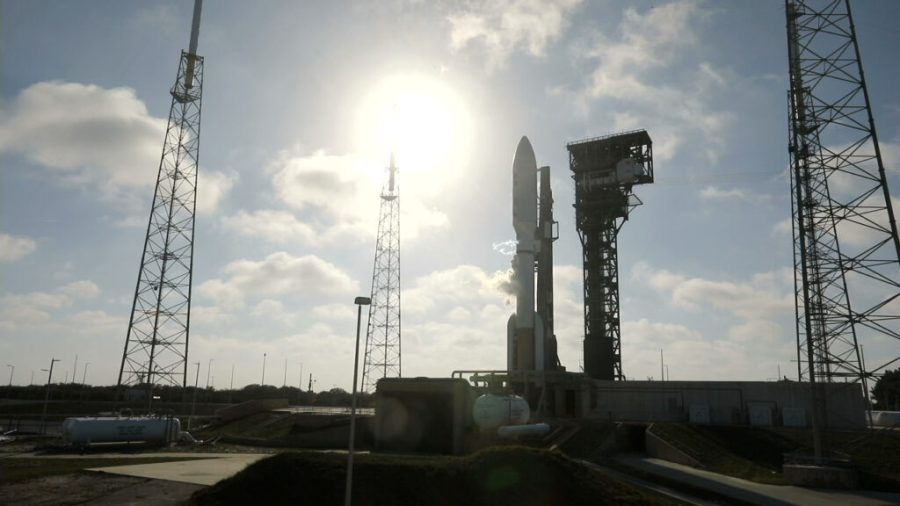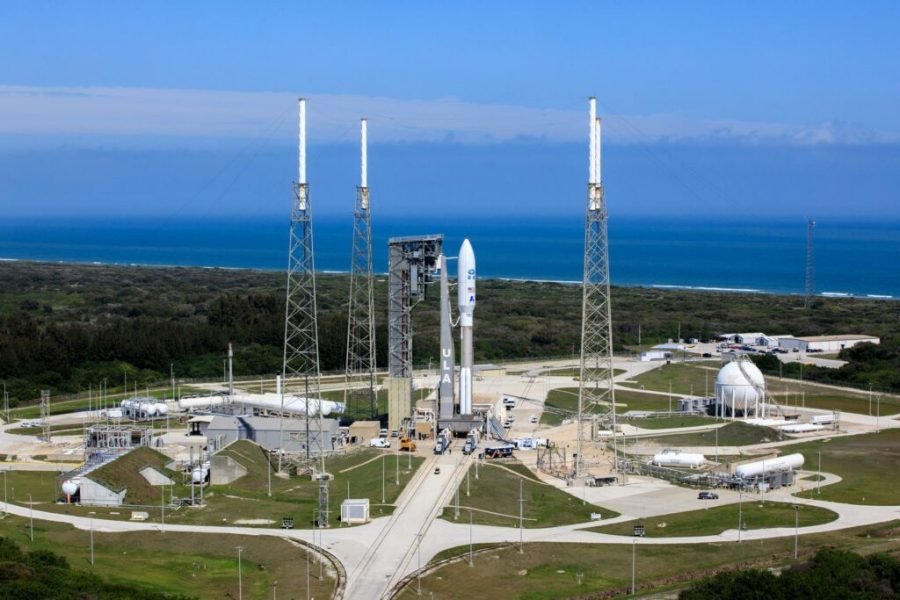NASA hosted members of the media to view the National Oceanic and Atmospheric Administration (NOAA) Geostationary Operational Environmental Satellite U (GOES-U), on June 6, at the Astrotech Space Operations facility near the agency’s Kennedy Space Center in Florida. Subject matter experts from NASA, NOAA, Lockheed Martin, and L3Harris Technologies provided a mission overview and answered …
NASA Hosts Prelaunch Media Viewing of NOAA’s GOES-U
